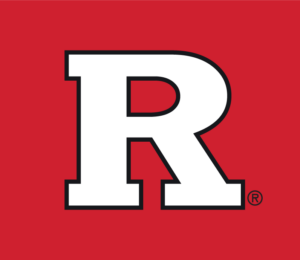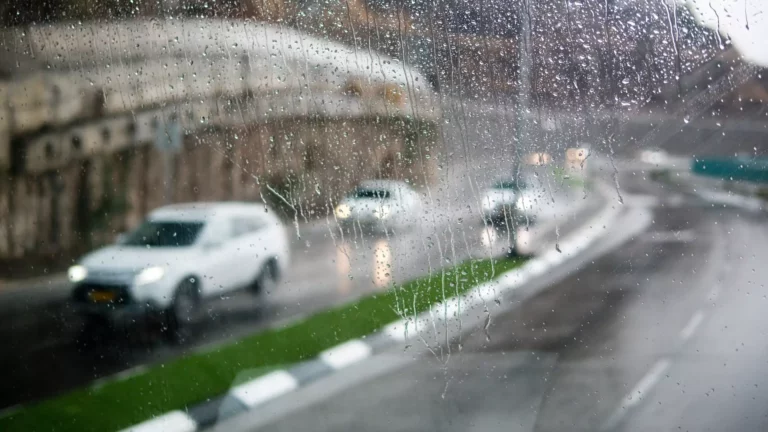Can I file a personal injury lawsuit in a guardrail accident?

At some point in our lives, there’s a reasonable chance we’ll be involved in an auto accident of some sort.
Personal injury lawsuit in a guardrail accident?
Overall, victims of highway guardrail injury accidents can file a personal injury suit in New Jersey. To do so, the injured party must prove that someone else’s negligence or wrongful actions caused their injuries. This could include proving that the guardrail was not properly installed, maintained, or designed; that there were other hazardous conditions on the roads which contributed to their accident; or that another driver acted negligently and caused the collision involving the guardrail.
In addition to proving legal fault for an incident involving a guardrail, victims should also be aware of New Jersey’s statute of limitations for filing suits. Personal Injury claims must be filed within two years from the date of injury or death, otherwise, the claim may be barred. It is important to note that this two-year clock starts ticking right away, so victims should not delay in seeking legal assistance if they have been injured.
Victims of guardrail injury accidents may also be eligible for compensation from any other parties who contributed to their accidents. For example, if a negligent driver caused the collision and ensuing injuries, they could potentially be held liable in a personal injury lawsuit. Additionally, any government entities responsible for maintaining or constructing the guardrails which were involved in an incident can also be held liable for damages resulting from an accident.
However, as with any legal case, there are specific criteria that must be met to successfully pursue a claim. Therefore, victims of guardrail injury accidents need to seek the help of an experienced personal injury attorney to ensure they have the best chance of recovering compensation for their damages.
What damages can I recover in a personal injury case for a guardrail accident?
In New Jersey, an injured person can receive compensation for all damage caused by a highway guardrail accident. This includes both economic and non-economic damage.
Economic damages include financial losses such as medical bills, lost wages due to missed work, rehabilitative care expenses, property damage costs, and other related costs.
Non-economic damages are those that don’t have a set dollar amount and are usually related to pain and suffering, emotional distress, loss of consortium or companionship, disability, disfigurement, decreased quality of life, etc. Non-economic damages are aimed at compensating the victim for pain and suffering caused by the accident. Punitive damages may also be available if the defendant’s actions were particularly egregious or reckless.
In addition to these compensatory damages, the injured person may be able to seek punitive damages from the at-fault party if their negligence was especially egregious or reckless. Punitive damages can help punish the wrongdoer and deter similar conduct in the future.
Injured parties need to gather evidence so they can demonstrate how much compensation they should receive. For example, medical records can show what treatment was needed and any long-term effects of injuries sustained in the accident. Additionally, witnesses can provide important information about what happened at the scene of the accident and any other contributing factors to the crash.
By having a thorough understanding of their legal rights, an injured person in New Jersey can seek the full compensation they deserve for all damage caused by a highway guardrail accident.
To recover these types of damages in New Jersey, the injured person must prove that the defendant was negligent and that their negligence caused the accident. This means establishing four elements: duty of care, breach of duty, causation, and damages. If all these elements are satisfied, then a court may award compensation to cover the victim’s losses.
Victims of highway guardrail accidents in New Jersey need to seek legal advice as soon as possible to maximize their chances of recovering damages. An experienced attorney will be able to evaluate your case and advise you on how best to proceed to receive full compensation for all your economic and non-economic losses.
How can a guardrail accident occur?
A highway guardrail accident can occur in a variety of ways, including when a driver or passenger collides with the guardrail itself, when a vehicle is forced off the road due to an obstacle in its path, or when a vehicle swerves to avoid a collision and crashes into the guardrail. In any of these cases, there may be significant damage to both the guardrail and the vehicle that was involved in the crash. This type of crash can lead to serious injury for individuals inside the car as well as property damage.
If this happens and an individual is injured by another person’s negligence on the roadway (for example, if another driver causes them to lose control and hit the guardrail), they may be able to file a personal injury lawsuit. In such cases, the injured individual will need to prove that the other driver was negligent and caused them harm through their negligence. This may be done by gathering evidence such as police reports, witness statements, photos of the scene, and medical records. If successful in court, compensation for medical bills and other damages may be awarded to the injured party.
In some cases, when a guardrail accident is due to faulty equipment or poor engineering on the part of government entities responsible for maintaining highways, they can also be held liable. For instance, if a guardrail has been installed incorrectly or is improperly maintained, it can cause an accident that leads to serious injuries. To hold them accountable in these cases, individuals will need to prove that the government entity was negligent in its duty to keep roads safe. As with any personal injury case, gathering evidence such as photos, reports, and witness statements is critical for proving negligence in court.
Overall, when a guardrail accident happens due to another person’s or entity’s negligence, it may be possible for the injured individual to pursue legal action. By gathering evidence of fault and pursuing a claim, they may be able to be compensated for their injuries and property damage.
Who can I sue in a guardrail accident?
When it comes to guardrail accidents in New Jersey, there are a few different parties who may be liable. This can include the property owner, the manufacturer of the guardrail, or even a governmental entity such as the Department of Transportation (DOT) that installed and maintained the guardrail.
The property owner can be held liable if they knew about any dangerous conditions on their property, such as a faulty guardrail or broken lighting that could contribute to an accident. Similarly, if the DOT was aware of unsafe conditions but failed to take action in fixing them then they too can be held responsible.
The manufacturer of the guardrail itself is also potentially liable if the product is found to have defects that caused or contributed to the accident. This includes manufacturing defects, design flaws, or even inadequate instructions on how to install the guardrail safely.
In some cases, more than one party may be found liable in a guardrail accident. For example, if both the property owner and the DOT were aware of unsafe conditions but failed to address them then they could both be held responsible for any resulting damages. It is important to work with an experienced personal injury lawyer who can help identify all parties who may be liable for your injuries and damages.
By understanding all of the potential parties that may be liable when it comes to a guardrail accident in New Jersey, you can ensure that you receive the maximum possible compensation for your injuries and other damage caused by the accident.
What injuries can come from a guardrail accident?
Highway guardrail accidents can lead to a variety of injuries, ranging from minor to life-threatening. Common injuries associated with guardrail accidents include:
- Head and neck trauma: Guardrail accidents can result in traumatic brain injury (TBI), concussion, or whiplash. These types of head and neck traumas may lead to long-term impairment or disability.
- Spinal cord injuries: Guardrail accidents have the potential to cause serious spinal cord damage that can lead to paralysis and other significant disabilities.
- Broken Bones: When vehicles collide with guardrails at high speed, bones can easily be fractured and broken due to the force of impact. Broken arms, legs, hands, feet, ribs, and other bones are all common injuries associated with guardrail accidents.
- Internal Injuries: High-speed collisions with guardrails can also damage internal organs like the heart, lungs, or liver. These types of injuries may not always be immediately apparent but can have serious long-term consequences for victims.
- Cuts, Bruises, and Abrasions: Guardrail collisions often involve a significant amount of force which can cause cuts, bruises, and scrapes on victims due to being thrown around inside the vehicle or even ejected from it.
No matter what type of injury one sustains in a guardrail accident, it is important to seek medical attention as soon as possible. Prompt medical care can help ensure that victims receive the treatment they need and prevent further complications. It is also important to consult with an experienced personal injury attorney who will be able to fight for fair compensation for one’s injuries. In some cases, a guardrail accident may be caused by the negligence of another driver or even due to a defective guardrail design. A skilled attorney can help victims pursue justice and compensation for their losses.
In conclusion, highway guardrails are designed to prevent serious injury in the event of an accident, but there is still a risk of sustaining various types of physical trauma. From head and neck traumas to broken bones and internal organ damage, the injuries that result from guardrail accidents can be serious and long-lasting. Those involved in these types of accidents need to seek timely medical attention and legal counsel to ensure that they receive fair treatment and justice.
What qualifies a guardrail as defective?
A highway guardrail can be defective in many ways in an accident. The most common defect is when it fails to restrain a vehicle that impacts the guardrail, causing the car to careen off or go over the rail. Other defects include missing end caps, which can create a gap between the guardrail and a concrete barrier; damaged or kinked railings, which can lead to a collapse of the structure; corroded parts; improperly installed rails with weak connections, and incorrect height and installation depth. In addition, sometimes neglected maintenance can lead to corrosion or weakness at critical points. If any of these conditions exist, they have the potential to cause serious injury by not performing as designed in an accident.
Another way a guardrail can be defective is if it fails to redirect a vehicle during an accident. Guardrails are designed to absorb the energy of the impact and deflect or redirect the vehicle away from oncoming traffic, preventing a head-on collision or other more serious consequences. If the railing does not properly absorb the energy from impact, it can fail to redirect the car, allowing it to crash into another vehicle or off the side of an embankment. This type of defect can cause catastrophic injuries due to its inability to mitigate damage in an accident.
Finally, guardrail end treatments are also sometimes subject to defects that may contribute to a dangerous situation in an accident. End treatments are used at either end of a guardrail and have functions such as providing additional redirection capacity, keeping a vehicle from going underneath the guardrail or over the top of it, and protecting the end posts from a collision. If an end treatment is defective, such as failing to properly redirect a car after impact or becoming broken off during the collision, then it can lead to an increased risk of injury due to its inability to protect the two vehicles involved.
Overall, there are several ways in which a highway guardrail can be defective in an accident. Whether due to poor maintenance, incorrect installation, weak parts, or faulty end treatment, any defect has the potential to cause serious harm if not correctly addressed beforehand.
Related Blogs
No Fee Unless
GGL Wins
We've got you covered.
We are available 24/7/365
One of our advisers will contact you.

OFFICIAL PARTNER OF RUTGERS ATHLETICS



Recent GGL Wins
Auto Accident
Mediation award Plaintiff was injured in an intersection motor vehicle collision resulting in neck and lower back fusion surgeries.
$2 Million
Verdict
Workers Compensation
25-year-old laborer died in an industrial accident while working.
$1.15 Million
Verdict
Construction Accident
Roofer fell off roof causing head trauma resulting in a head injury. Plaintiff was not given fall restraint protection equipment by contractor.







